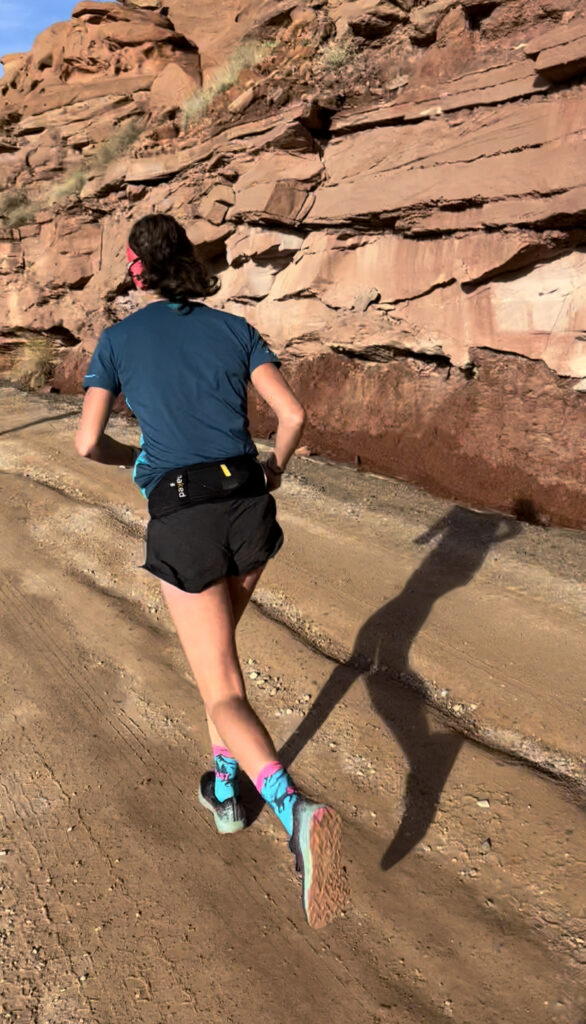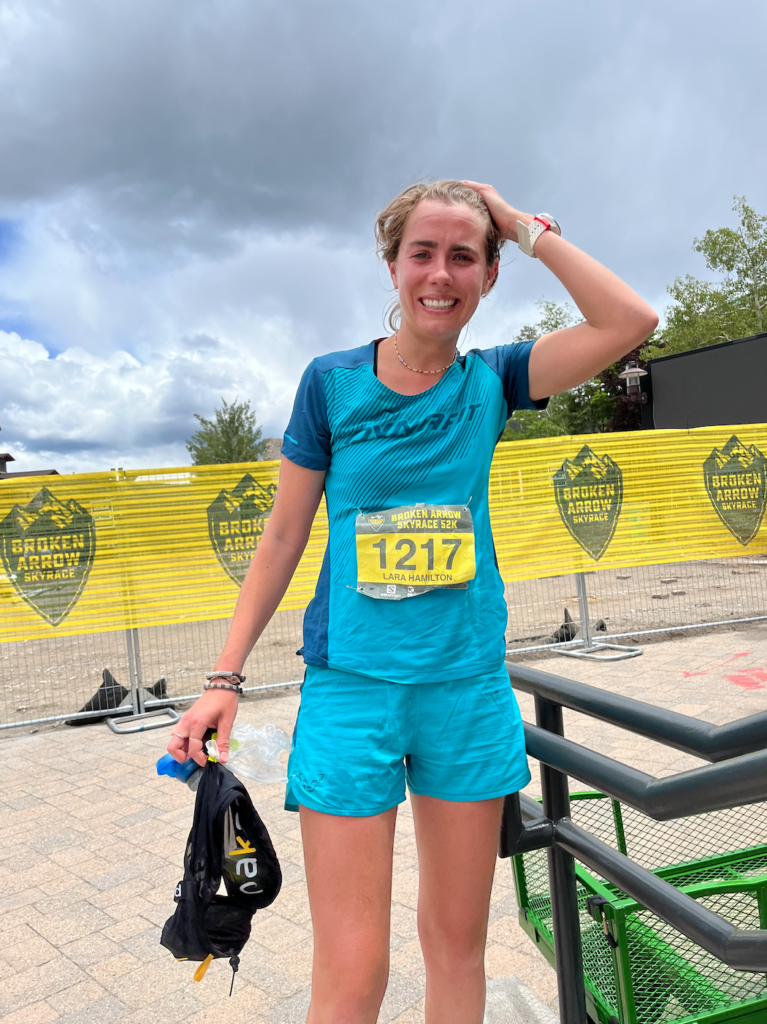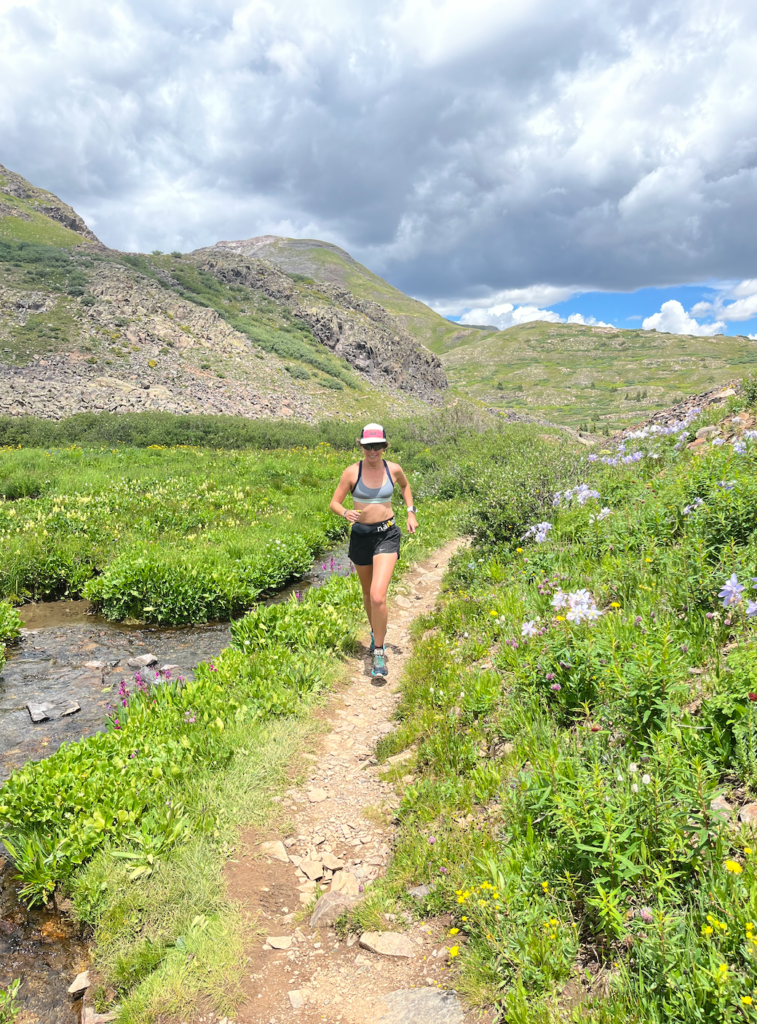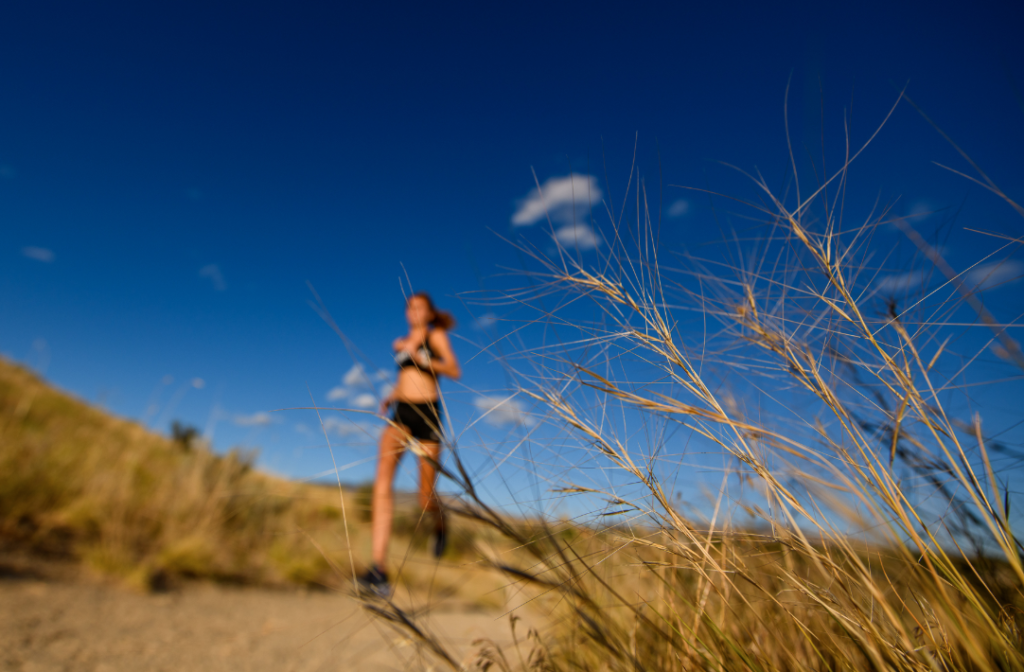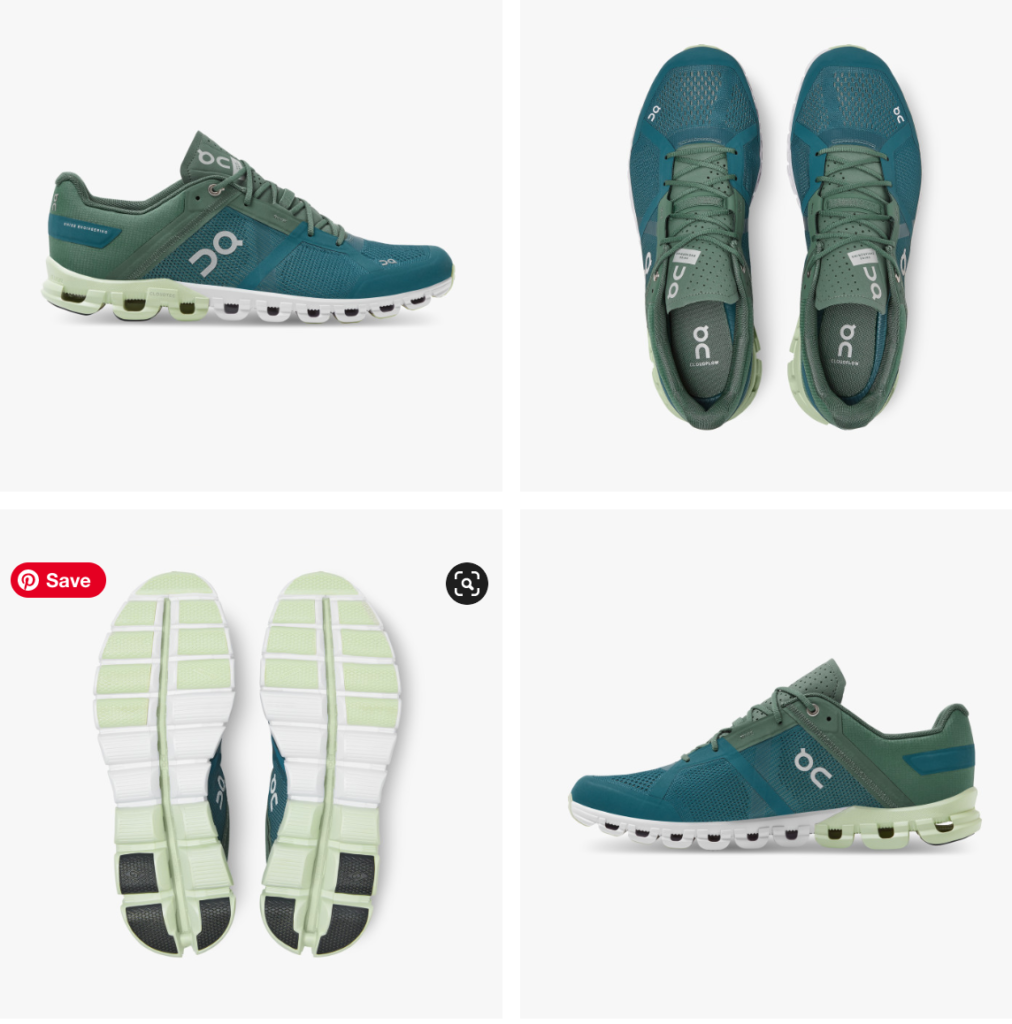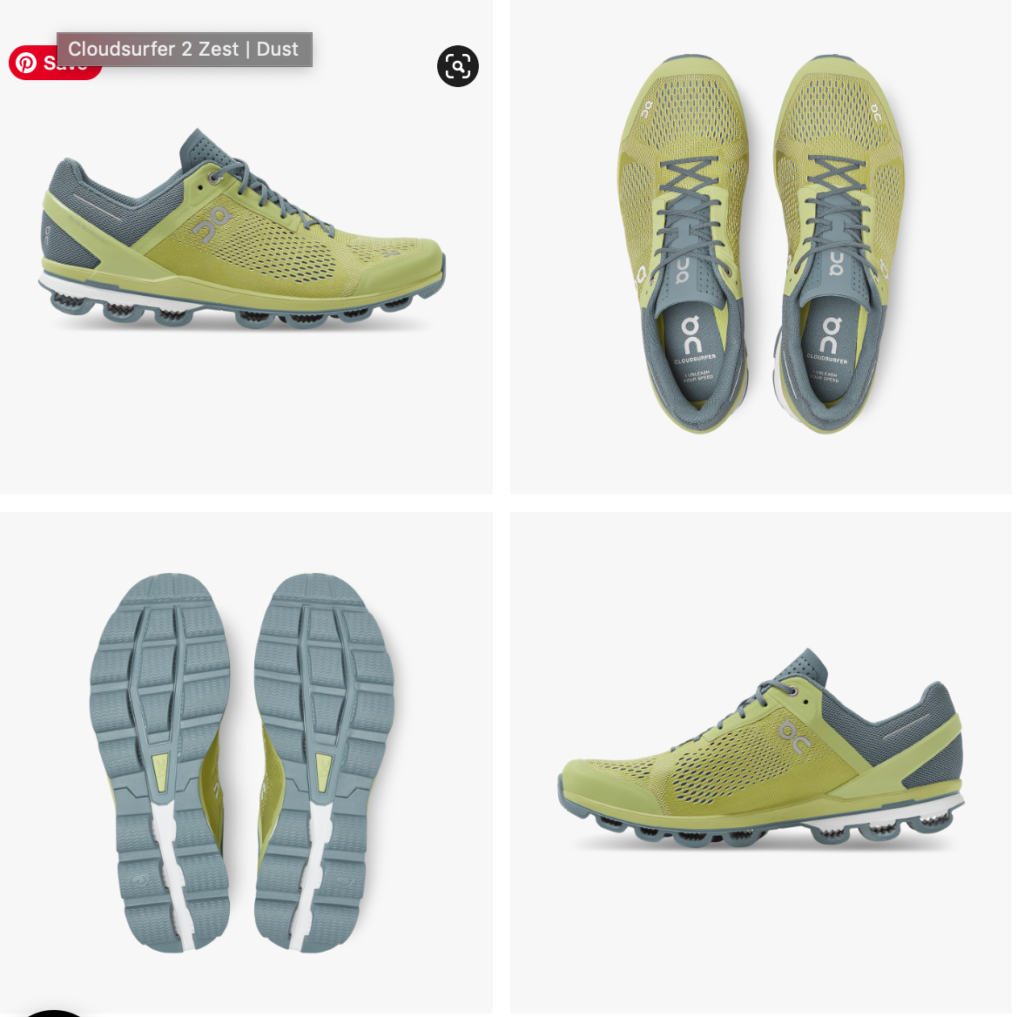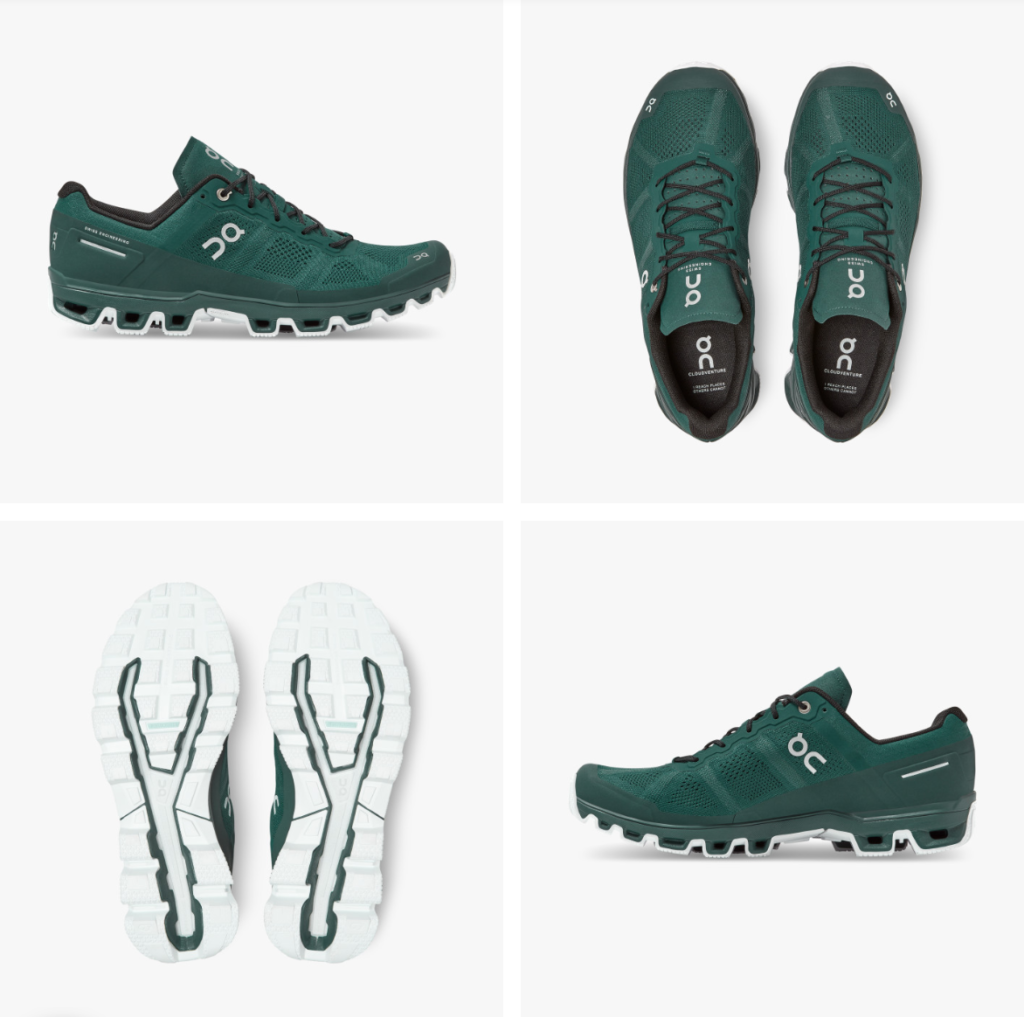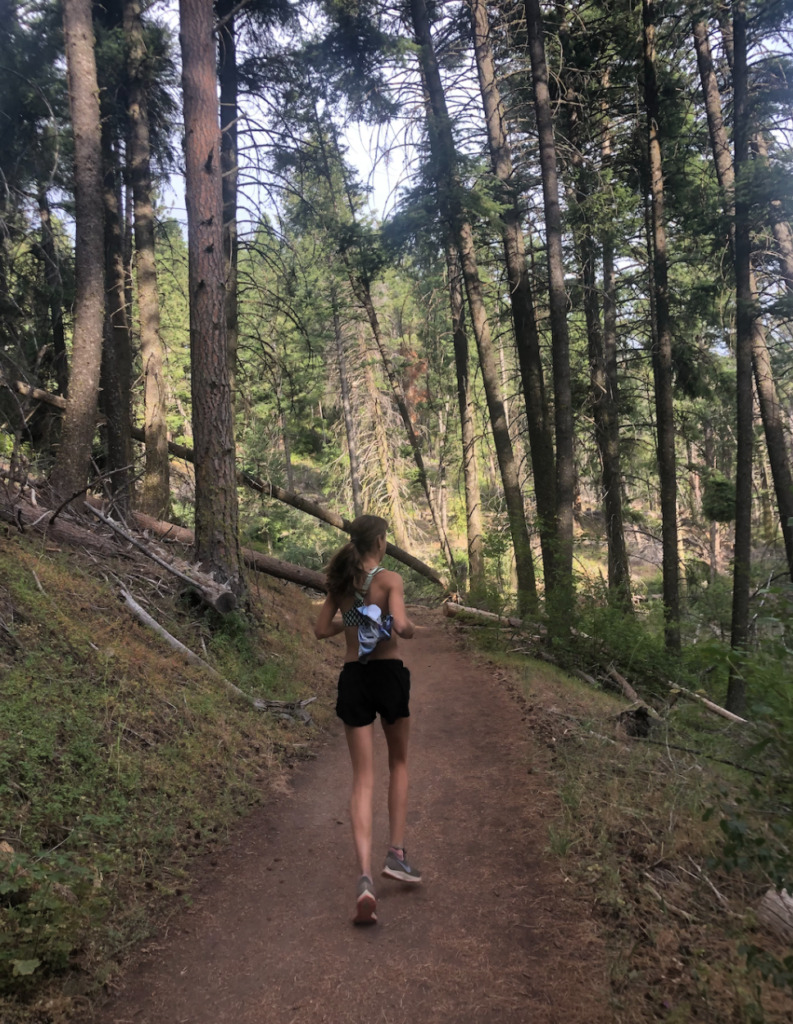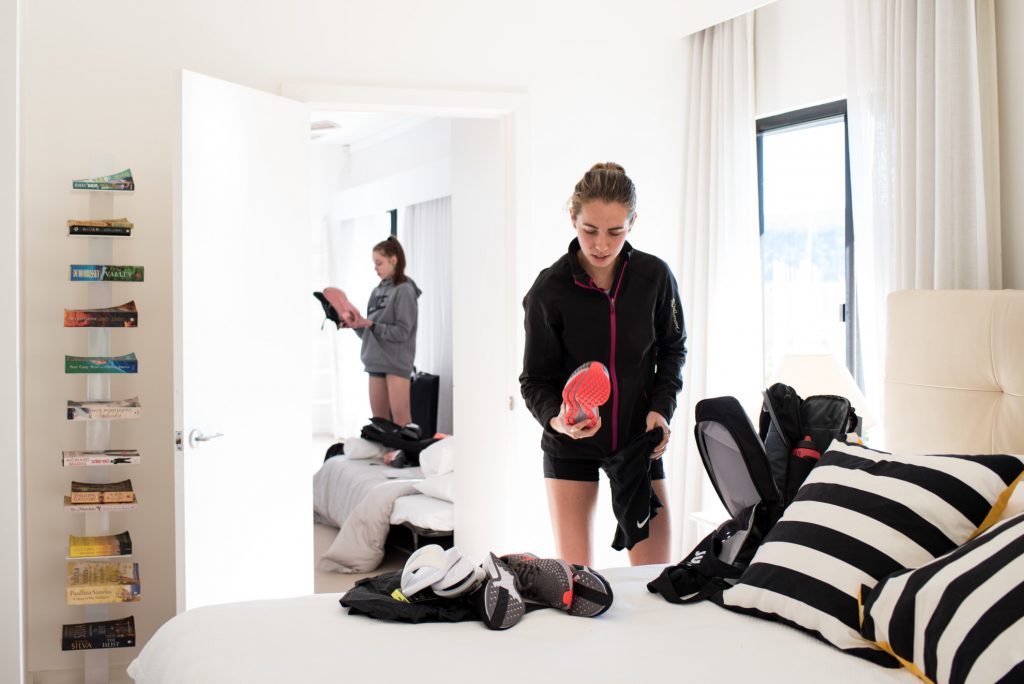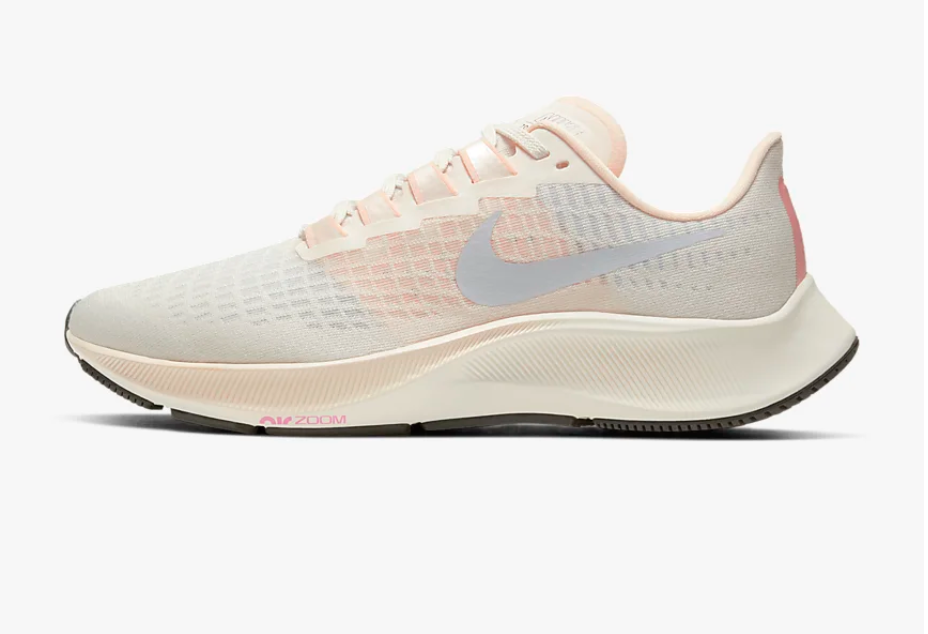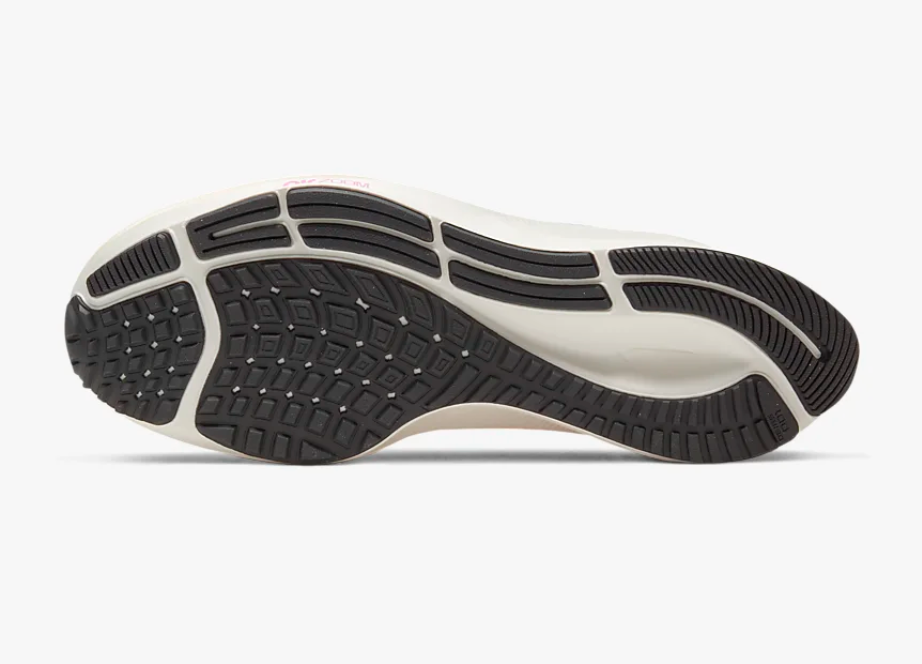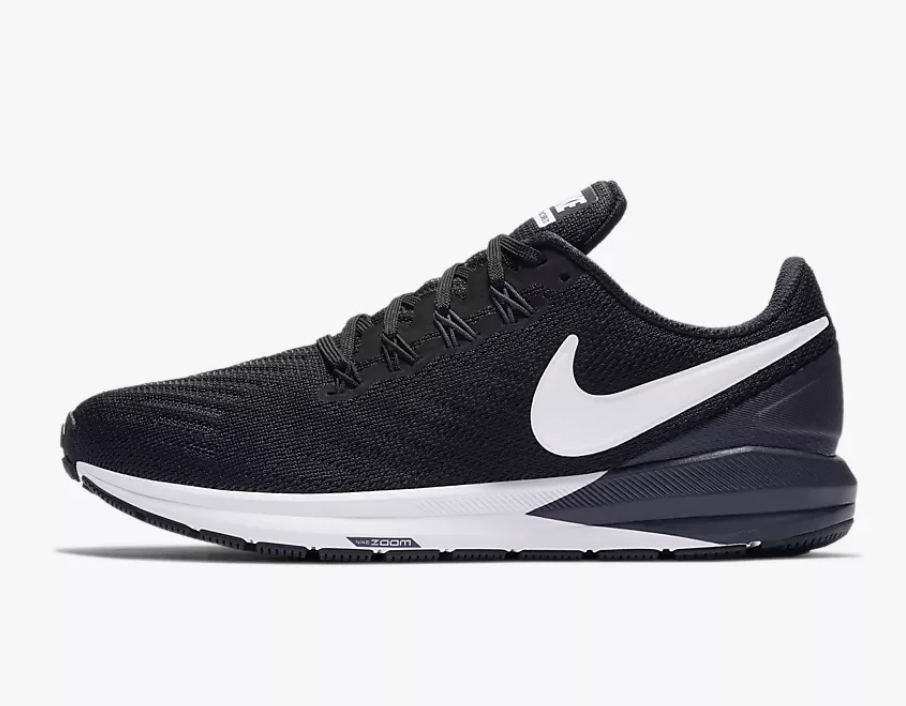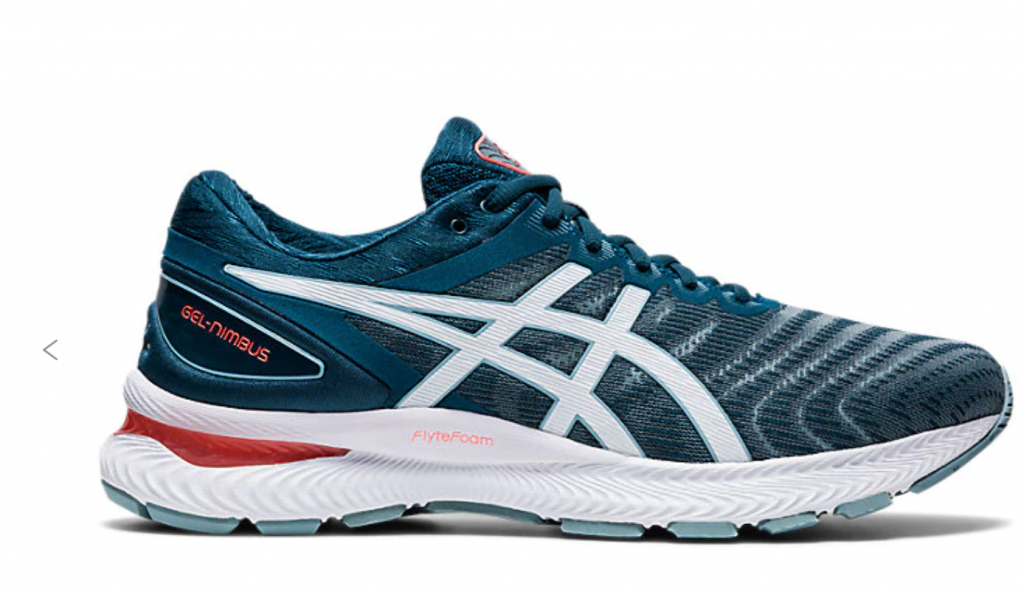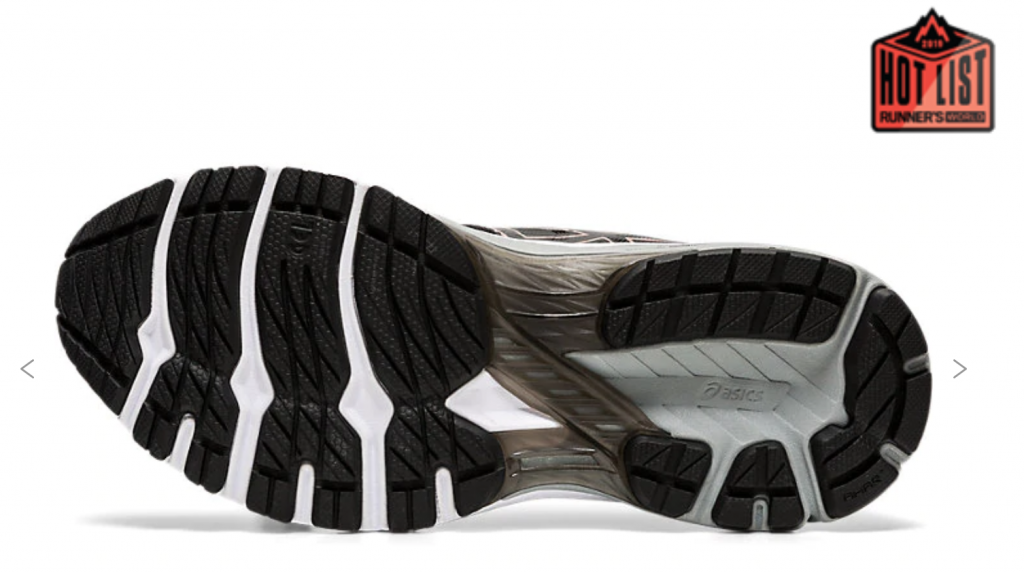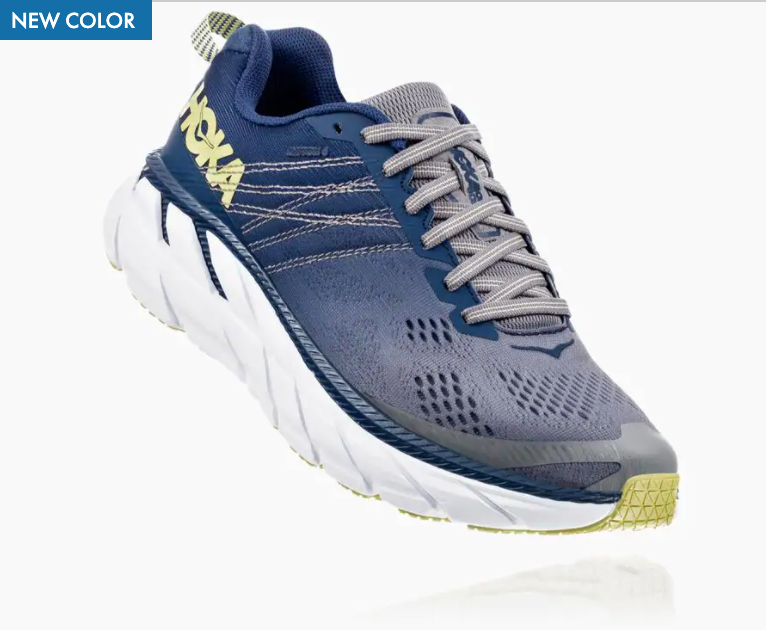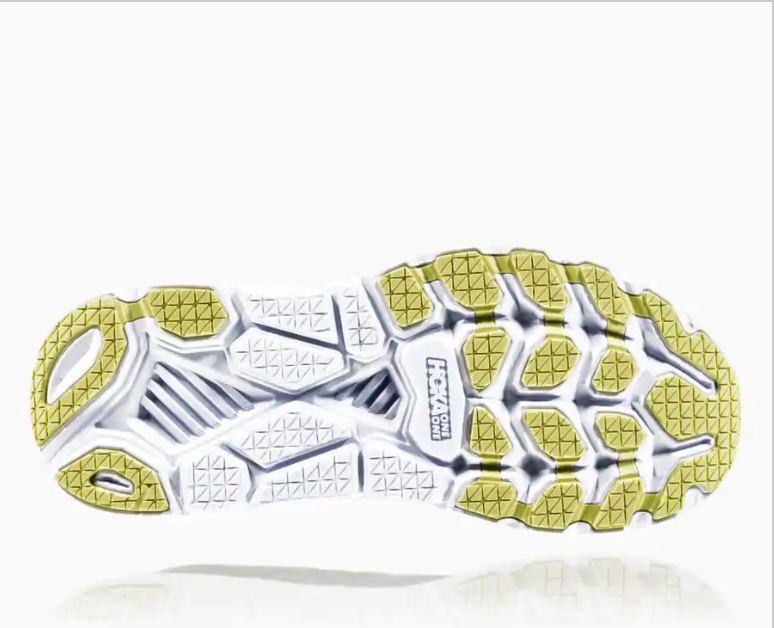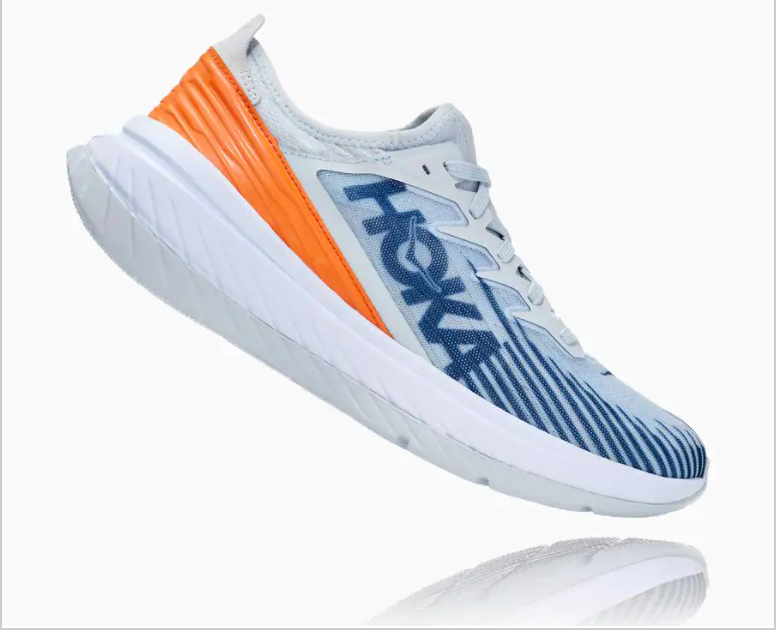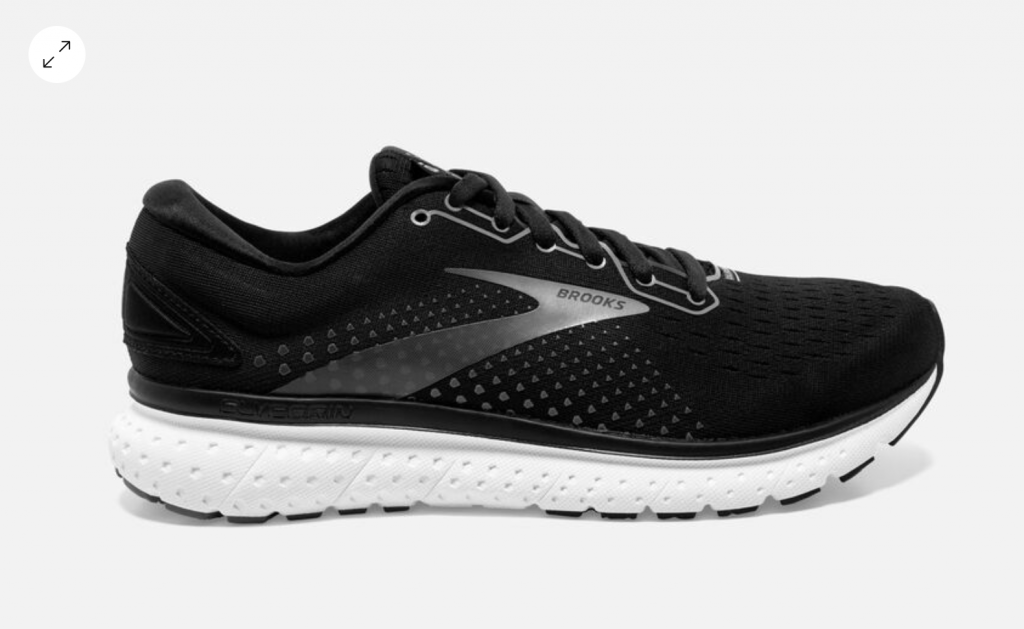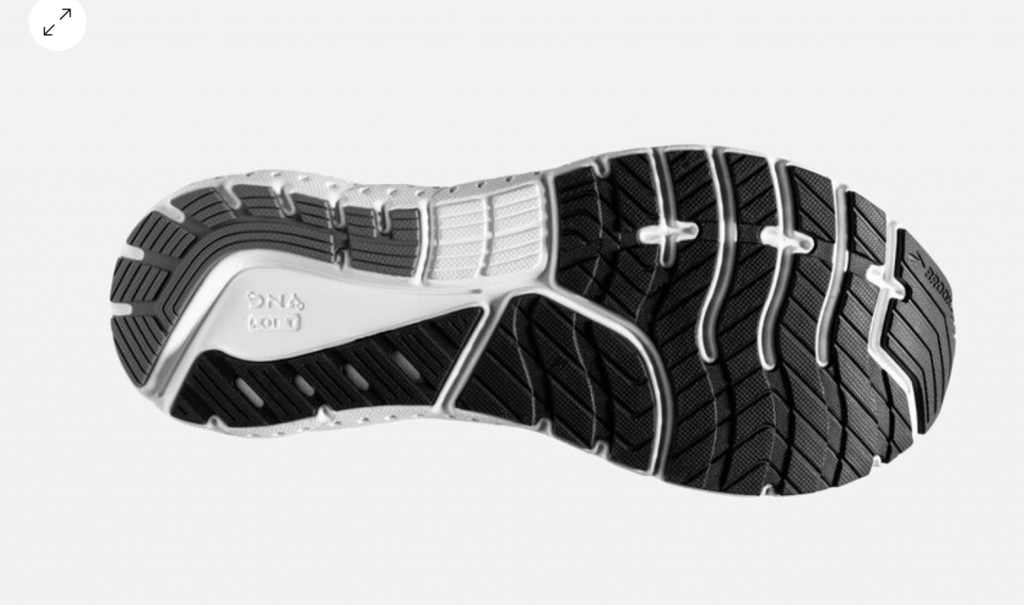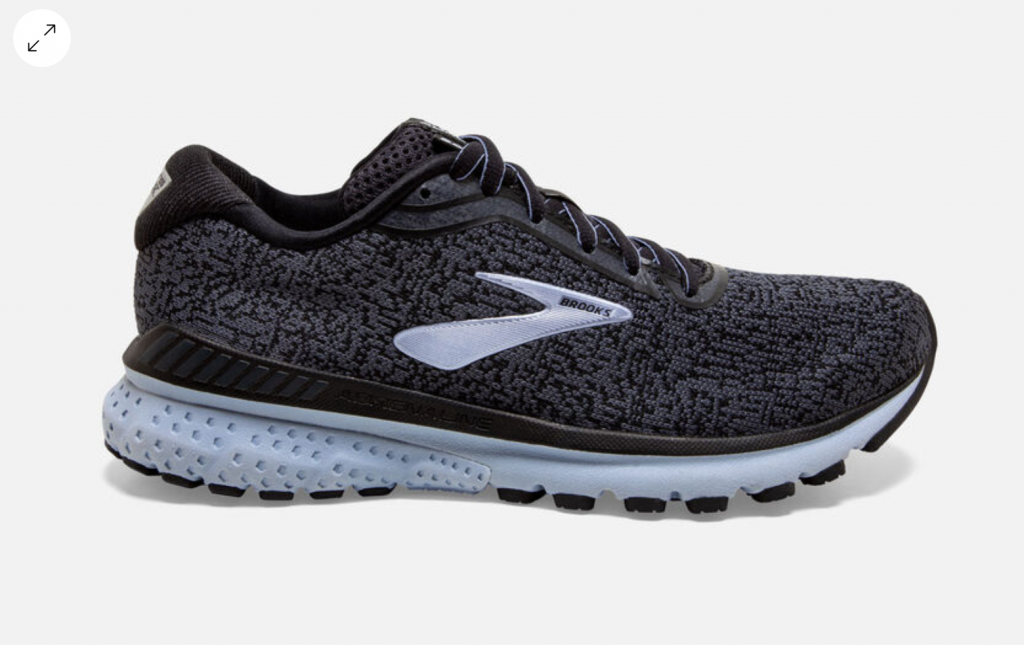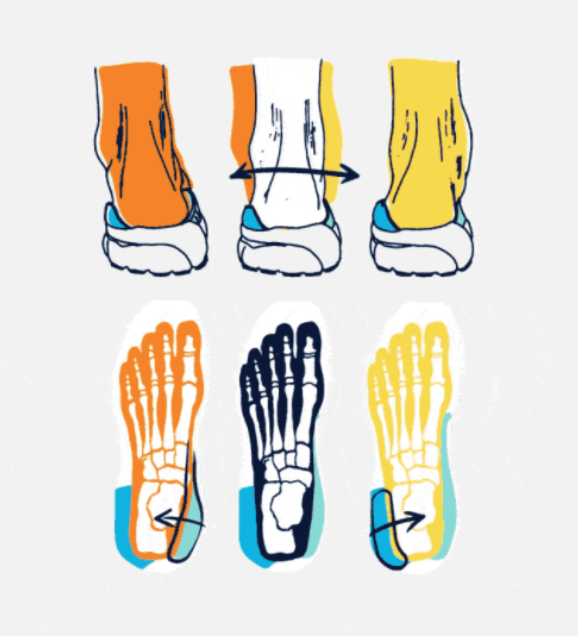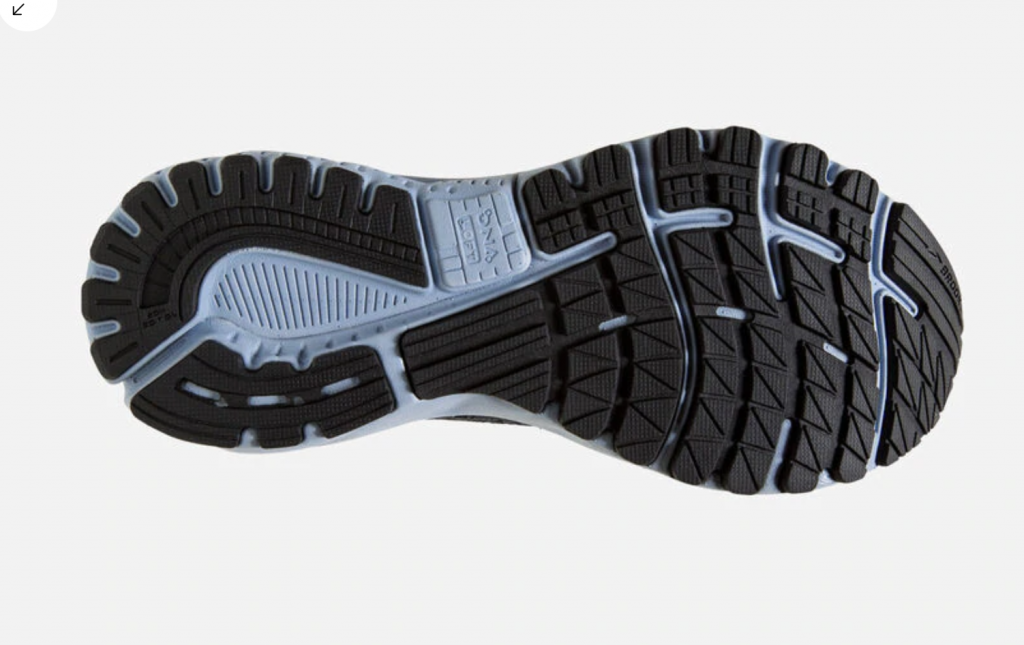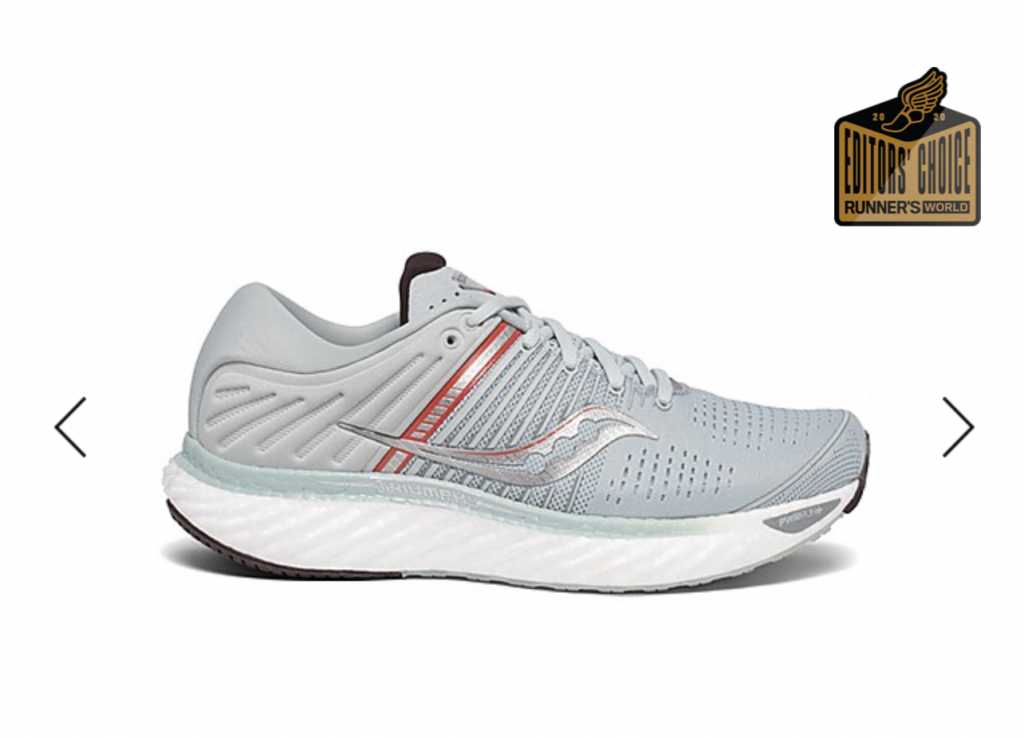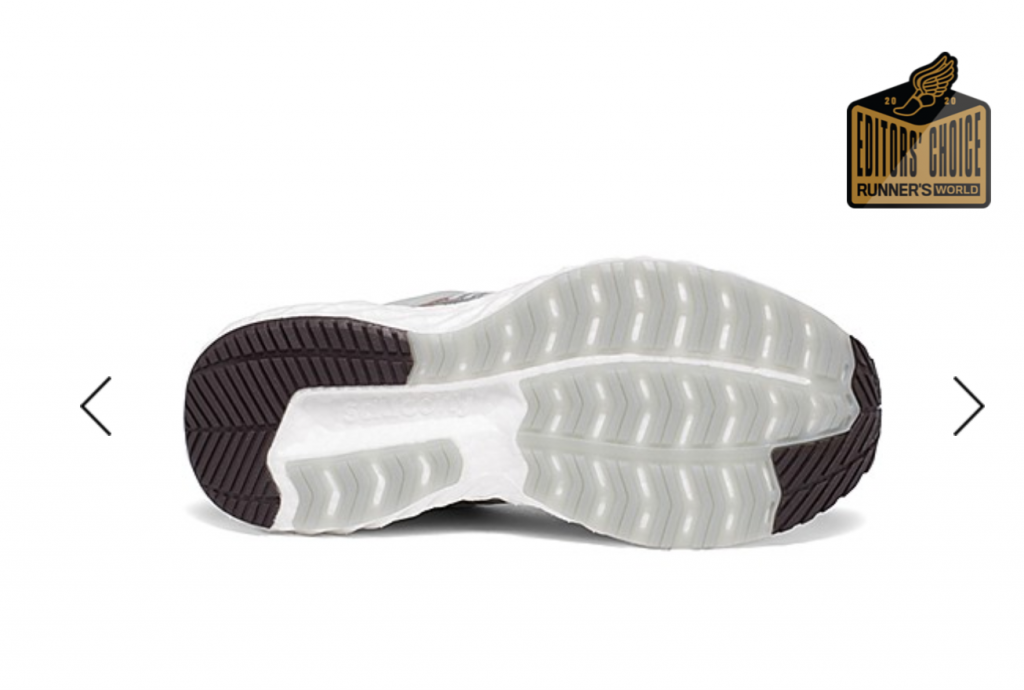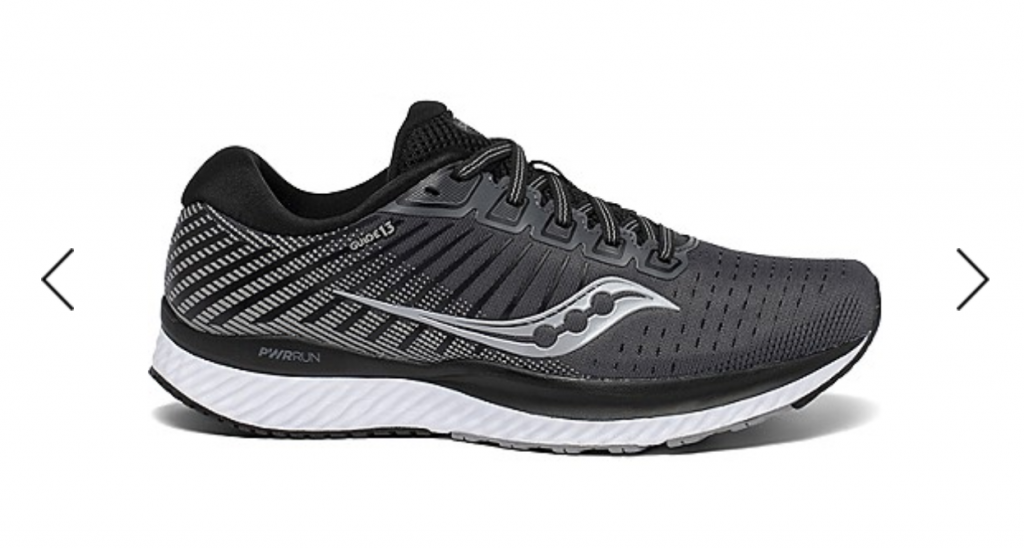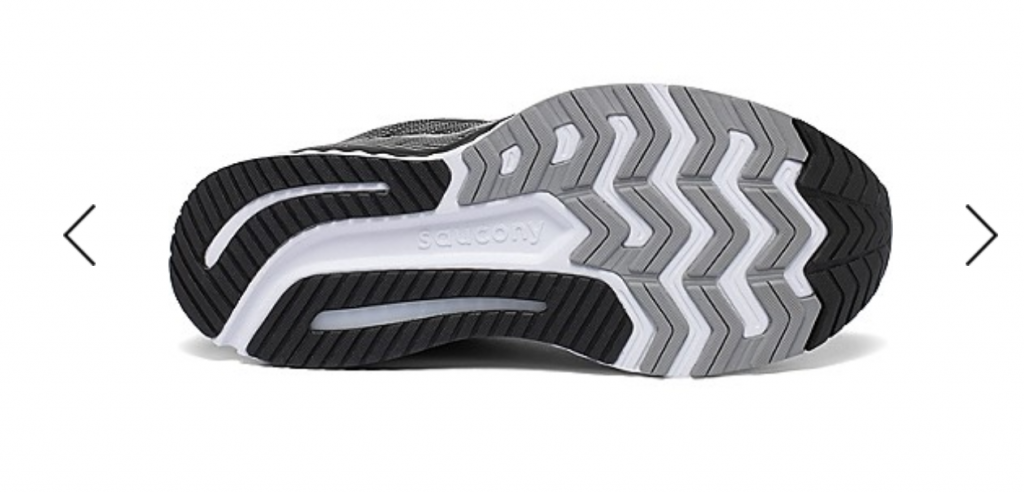HRV Running: What is (HRV) Heart Rate Variability?

HRV Running: What is HRV/
Heart Rate Variability?
You’ve probably heard the abbreviation ‘HRV’ talked about numerous times on podcasts, articles, and research journals, maybe from teammates or your coach. It seems to be all the rage, despite being around for years. I put this down to the increase in popularity of measuring physiological data for athletes, primarily because this data is now so accessible. HRV can be a confusing thing to understand, and the goal of this article is to help simplify this measurement, and how to practically apply it to your training or lifestyle.
However, it’s important to note, that there is no ‘magic’ behind HRV, it’s not a number that should drastically change your training, or life for that matter. It can be a great indicator of whether things like hard interval training sessions are providing the athlete with the desired stimulus when this data is repeated and collected over a period of time. It’s often used to determine if someone is getting sick or overtraining. Nordic skiers and other data-savvy sportspeople (under the guidance of professionals) have been measuring HR (heart rate) data for years. As a nordic skier, I remember being told to take my resting HR every morning when I woke up, from about 15 years old, to help indicate whether I needed to focus more on recovery or could choose to push harder that day.
Whilst HRV is not the same as HR (the number of times the heart beats per minute), measuring HR can be a useful component of an athlete’s data collection/history as it can provide insight over time about recovery and training adaptations. So, what is HRV (heart rate variability)?
What is HRV?

HRV is the abbreviation for Heart Rate Variability. HRV refers to the variation in time intervals between successive heartbeats. I think most people believe that the Heart is like a perfect metronome, beating at precise intervals. However, the heart is actually dynamic, consistently adjusting to the needs of the body. The heartbeat normally increases and decreases with breathing – so with inspiration, (you are sucking venous return into the heart) the pulse rate rises, and slows with expiration. This is called sinus arrhythmia and is normal – associated with the vagus nerve. HRV is a measurement reflecting the ability of the heart to make these adjustments.
We can take HRV as a physiological measurement which can provide some insight into recovery and training adaptations, that are best analysed over the long term. Generally, a reduced HRV could be correlated with a heavy training stimulus, a viral load, a large accumulated stress external to training, poor sleep, overtraining, and alcohol intake, to name a few. An increased HRV could potentially indicate adequate recovery, good sleep quality, and nutrition, or that you’ve had a few days of lower-intensity training.
HRV: Sympathetic and Parasympathetic nervous system
It’s important to understand the basics of the autonomic nervous system to provide some context here since HRV is controlled by the autonomic nervous system. The autonomic nervous system is responsible for controlling functions such as heart rate, breathing, temperature regulation, digestion, etc. The two main branches are the sympathetic and parasympathetic nervous systems.
The sympathetic nervous system is responsible for what we know as, the “flight, fright or fight” response. This causes an increase in HR, epinephrine causing a release of glucose into the bloodstream for energy, increased oxygen uptake capacity, and the diversion of blood flow towards working muscles and the brain and away from essential organs. This state is an important component of optimal performance, but it is not a state you can maintain.
The parasympathetic nervous system is responsible for rest and recovery. The opposite of sympathetic. This system will slow down HR, promote digestion, divert energy to essential organs, and regulate the body to a more restful state. Functioning at all times is a balance between parasympathetic and sympathetic nervous systems.
Elite and/or well-trained athletes who have a higher HRV may be able to recover quicker from training sessions, due to a more active parasympathetic nervous system which allows for a return of HRV to their ‘baseline’ levels. However, more amateur athletes, or athletes who aren’t optimising their training or lifestyle for adequate recovery, could find they have an HRV that is gradually decreasing. This is likely a sign of accumulated sympathetic stress. This can also, of course, come from sources external to physical training.
Can you use an HRV Training Model for running?
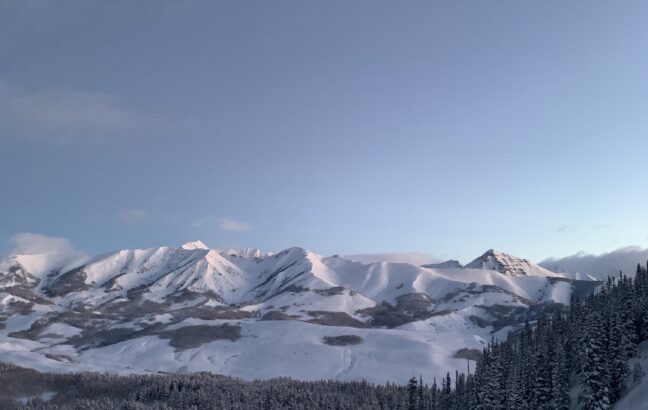
Athletes can choose to use an HRV training model, however, this isn’t necessarily as effective as a well-rounded* training model, as external stressors have an impact on your HRV score; it is a sum of all stressors. HRV should be incorporated into a training model as a data metric to help inform decisions about training and recovery,
* by well-rounded, I mean multiple metrics, lifestyle factors, and athlete general well-being and feeling are taken into account. A short survey paired with an HRV measurement can assist with this!
For example, you can have a high HRV reading, but feel worse than the score indicates. Don’t let this be the sole deciding factor or metric for your training. Make decisions based on combined metrics and internal feelings, especially when this data is gathered consistently over time. You know yourself best!
I’ll briefly present the findings of a study below to explain how HRV could be used to inform endurance training:
A paper published by Kiviniemi et al., 2007 focused on endurance training guided by HRV data, utilizing 26 relatively fit male athletes.
The study aimed to determine how HRV could be used to inform endurance training, utilizing an HRV-guided training group, a predefined training group (TRA), and a control group. A 4-week running protocol was prescribed, with the TRA group running 6 days a week consisting of 40-minute runs – 2 sessions were low intensity and 4 were high intensity. The HRV-guided training group was prescribed a traditional model of high-intensity prescription on the increase and no-change HRV days, a low-intensity and/or rest on low HRV days or steadily decreasing HRV trends. Maximal treadmill tests to determine VO2 peak and maximal running velocity, Load(max), were taken before and after the training intervention. The study found that the HRV group had a significant increase in maximal running velocity and VO2 peak. Compared to the predefined training group, VO2 peak changes were not significant however Load(max) was.
Another paper published more recently, by Vesterinen et al., 2016 studied the effectiveness of HRV on recreational endurance athletes training prescription and found that HRV measurement could be useful to determine the timing of high-intensity training sessions. What was particularly interesting about this paper was the HRV training prescribed subject group performed fewer HIIT sessions than the traditional training group, however, improved more significantly in the 3k run performance test at the end of the intervention. This supports how important recovery is!
If you do choose to use this metric as a true training guide, make sure you have a pool of workouts to choose from when HRV is low, medium, or high. A sign that something isn’t right is if your HRV score is decreasing over time. This can be a sign of accumulated sympathetic stress.
I think it is important to be aware that most HRV apps use a colour scheme, for example, green is good, and red is bad. If you’re prone to higher levels of anxiety pre-competition, it may be best not to measure your HRV on the day of competition. A red zone HRV doesn’t necessarily indicate that you won’t perform well.
For example, poor sleep the night before a big race may influence your HRV score. This doesn’t indicate poor performance. How many Olympians do you think to get a great night of sleep before their Olympic final race? Not many!
How does being a multi-sport athlete influence HRV?
Day-to-day fluctuations in HRV scores will likely exist in athletes who compete in multiple sports.
Fluctuations will vary depending on the type, load, and intensity of the sports they participate in. For example, endurance exercise in a well-trained athlete results in a stronger parasympathetic drive, and that is a higher vagal tone. It’s all about the balance of the nervous systems.
Sports that are of higher intensity like sprinting and power-lifting may result in decreased HRV scores because of a higher sympathetic response and increased stress on the body. Nonetheless, hard interval sessions in any sport will induce a higher HRV in the short term. Great recovery practices become a key component in bettering HRV scores in this scenario.
It’s important to make sure your training schedule as a multi-sport athlete allows for proper recovery time, otherwise, you may see a trend of decreasing HRV. Proper rest and recovery are crucial to improving overall performance.
It’s important to make sure your training schedule as a multi-sport athlete allows for proper recovery time, otherwise, you may see a trend of decreasing HRV. Proper rest and recovery are crucial to improving overall performance
What factors influence HRV?

A variety of physiological (changeable and non-changeable) and environmental conditions can impact HRV, as this metric directly relates to the adaptation of the heart under various conditions. Endurance athletes generally have a higher HRV than the general population. This is because the cardiovascular system has adapted to varied training loads, frequency, and intensity over time, creating a more efficient system and improved cardiovascular health. Below I’ve listed out some of the conditions that could influence HRV:
Environmental factors influencing HRV
- Extreme climates: the hotter or cooler the environment, the more likely a decline in HRV, more moderate environments tend to infer a higher HRV
- Altitude: due to lower oxygen availability, higher stress is placed on the autonomic nervous system, causing a potential decrease in HRV.
- Air Pollution: any cause of respiratory stress can cause a decrease in HRV.
- HRV is highest in the morning generally, and lower in the evening.
Conditions of social isolation can cause lowered HRV, and vice versa. - A job requiring prolonged standing or sitting can reduce HRV, particularly if the actions are repeated day in and day out.
- A poor diet can reduce HRV – too much caffeine, alcohol, fats, sugars, beta blockers etc.
- Dehydration. It is not uncommon for athletes not to rehydrate well after a long training session
- Emotional health and wellbeing – a stressful lifestyle will reduce HRV. Techniques such as meditation and deep breathing can increase HRV.
- Poor sleep can reduce HRV, particularly if this accumulates
Illness – URTI, and other causes of inflammation and infection.
Physiological factors influencing HRV
- Elite and highly trained athletes tend to have a better balance (the parasympathetic nervous system is generally more dominant, which counters the stress of high-level training), and therefore higher HRV readings.
- Respiratory function, in particular, rate and depth. Changes in breathing function can impact HRV. Slower, more meditative breathing can heighten HRV, and shorter, shallow breathing can decrease it. Anxious individuals tend to breathe through their apices (the top part of the lungs), which will negatively affect oxygen exchange, core control, and HRV.
- HRV tends to decline as we age, and often is higher in women than men
- Physical activity tends to increase HRV. Why? Put simply you are improving cardiovascular fitness and promoting more parasympathetic activity.
- Training load: Endurance training and racing can increase the stress on the body, and a high training load can lead to reduced HRV. On the other hand, proper recovery and rest can lead to an increase in HRV. Overtraining can reduce HRV.
A paper published by Fatisson et al., 2016 is worth taking a look at if you’re interested in how you could “map all the main factors influencing HRV” (e32).
Does a high HRV indicate a good VO2max?
HRV and VO2max are two different metrics that can indicate components of physiological fitness, but do not have a direct relationship. VO2max is a measure of maximal oxygen uptake during exercise. The percentage of your VO2max you can maintain is considered a key indicator of cardiorespiratory fitness, whilst HRV measures the variations in time between consecutive heartbeats. Interestingly, whilst a high VO2max is better, if you can only maintain say 50% of VO2max and another can maintain 80%, they will do better.
Evidence exists to suggest that individuals who have a higher HRV may also have a higher VO2max, but there are many factors at play, such as age, genetics, training load, sex etc. in this relationship to make solid conclusions.
A systematic review conducted by Granero-Gallegos et al., 2020, titled ‘HRV-Based Training for Improving VO2max in Endurance Athletes’, found \that HRV-based training tended to improve VO2max in well-trained athletes compared to a stock standard training protocol. However, this does not necessarily infer that having a higher HRV score indicates a good VO2max. This study simply highlighted that utilizing HRV as a means to make decisions around training could improve VO2max metrics in well-trained endurance athletes.
In my opinion, don’t rely solely on HRV, or any metric, to determine your overall fitness/health or what training you should do for the day. Rather, utilize a combination of metrics, analysis of these metrics over time, coaching advice, and intuition of feeling to make more informed decisions.
The next blog post will be about the best HRV apps on the market, how to track HRV at home, and how to navigate these applications.
In the meantime, this article by Associate Professor, M.S. Sports Medicine Program Coordinator Andrew Flatt is a fantastic reference to help interpret your own data. Questions about HRV trends and ranges for elite athletes are answered. Click here to read.
This article was written in collaboration with Associate Professor Diana Robinson MBBS FACSP. Sport and Exercise Physician
References (alphabetically ordered) :
Fatisson, J., Oswald, V., & Lalonde, F. (2016). Influence diagram of physiological and environmental factors affecting heart rate variability: an extended literature overview. Heart international, 11(1), e32–e40. https://doi.org/10.5301/heartint.5000232
Granero-Gallegos, A., González-Quílez, A., Plews, D., & Carrasco-Poyatos, M. (2020). HRV-Based Training for Improving VO2max in Endurance Athletes. A Systematic Review with Meta-Analysis. International journal of environmental research and public health, 17(21), 7999. https://doi.org/10.3390/ijerph17217999
Kiviniemi, A. M., Hautala, A. J., Kinnunen, H., & Tulppo, M. P. (2007). Endurance training guided individually by daily heart rate variability measurements. European journal of applied physiology, 101(6), 743–751. https://doi.org/10.1007/s00421-007-0552-2
Soos MP, McComb D. Sinus Arrhythmia. [Updated 2022 Nov 25]. In: StatPearls [Internet]. Treasure Island (FL): StatPearls Publishing; 2022 Jan-. Available from: https://www.ncbi.nlm.nih.gov/books/NBK537011/
Vesterinen, V., Nummela, A., Heikura, I., Laine, T., Hynynen, E., Botella, J., & Häkkinen, K. (2016). Individual Endurance Training Prescription with Heart Rate Variability. Medicine and science in sports and exercise, 48(7), 1347–1354. https://doi.org/10.1249/MSS.0000000000000910


